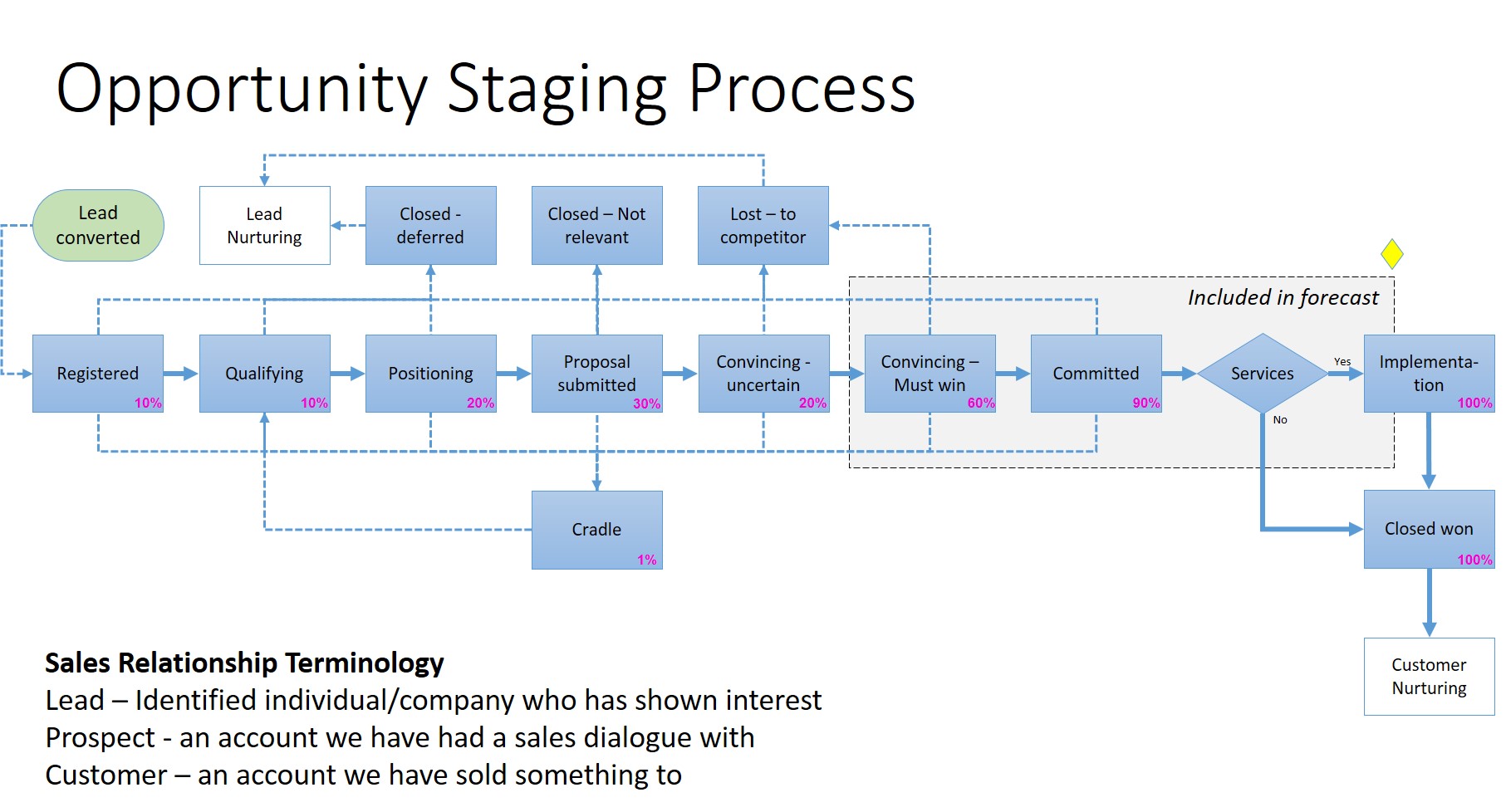Have you ever felt that you do not get enough out of the pipeline your marketing activities generate? Know the feeling? Some time ago, I had a look into our Salesforce and started to analyze what goes wrong, where and how it can be improved. I quickly identified some areas of interest that can be easily solved with the right effort. This blog is about how to get the most out of your lead generation effort.
Are the leads delivered by your marketing ever good enough?
Before getting into the topic itself, I’d like to have a look at a closely related subject: the fact that the leads generated by marketing are rarely fully appreciated by sales. In my experience, often the term “Lead” is generating dissonance in an organization. You can adopt different sales methodologies but at the end of the day a lead only has a value if it has a chance to become a customer. To make sure you get the most out of your lead generation efforts, you have to be efficient around your lead development process. This is about assigning the right lead to the right resource in your organization at the right time, with the right prerequisites and expectations.
What is a good lead?
A lead is often someone how has visited your website, searched about a topic on the internet and found that there might be something interesting on your site; it could be someone who visited your booth at a fair, responded to a campaign or something similar. Most of leads like this have shown some level of interest in your products or services, but they are often far from ready to buy anything. Handing over a lead like this to a sales person who is targeting the revenue goal for next month will not be well appreciated. They will give them a call or two and when they realize that the lead is not ready to make any kind of commitment, then they will trash the lead. And if they don’t meet their goals, they will backfire at marketing who in their eyes is not producing good leads. But hey, then what happens to the original lead? Often nothing at all, and that is why it will get increasing harder to maintain a constant growth.
So how is this basic problem solved?
Don’t trash, nurture…
Lead nurturing is the key to the problem. And to make nurturing possible, first you have to inject an operational layer between marketing and sales securing that when something is handed over to sales it’s qualified as an opportunity, thus there is a need, an interest and some kind of urgency to buy. This is where you want your sales rep to focus on new business.
This extra layer can be many different things. It can be a telemarketer reaching out to the leads to qualify their interests, pains and needs. It can be a system-automated marketing flow that keeps sending relevant pieces of communication (based on personas/profiling) until the lead is ready to react and move forward. Or something different – or all of it. It’s an important function and often where creativity pays off. You don’t need the most expensive resource to execute on such a function, but you need a person or a team with a high spirit and lots of energy and creativity to reach out to the leads in new ways.

… and accelerate sales
One of the good things about developing the structures around pipeline management is that everything becomes much more transparent.
In most customer lifecycle models I’ve seen, a lead theoretically follows a logic flow from stranger to promoter. But real life is rarely that simple. Pipeline percentages are not linear and aligned with pipeline stages. After you have delivered a proposal based on the prospect feedback you may increase or decrease the possibility to win the case.
When you start working with a structured lead nurturing approach, one of the benefits is that the customer journey becomes more homogeneous, because you are guiding customers through a journey you have defined for them – and it is great, because it also enables the sales organization to develop very targeted templates with a perfect handshake to where the prospect is in their buying cycle.
If you try to draw a process map of your proposal process with the various interactions you have throughout the sales process, you will probably find out is that there are a lot of things in your customer relationship building you can do a lot better. By listing all the questions a prospect has throughout their customer journey, you will be able to identify which marketing piece they should receive throughout this journey – which will also reveal all the gray areas in your current marketing material. In some stages, and for some topics, you will choose to produce repeatable communications over a long period of time, and therefore you will make them slim in order not to run out of content. This is especially the case when you get closer to a closing phase, or during an implementation: you have to make sure that you are ahead of the client so things do not get delayed by lack of information.
Thanks to this nurturing approach, your sales organization will be able work faster, and in a more structured and predictable manner and it will be easier to maintain the pipeline and forecast.
With lead nurturing, you will never lose a lead again
In reality, all of the above is nothing but fundamental stuff to achieve and keep improving sales efficiency. Try to think this way: with a systematic, lead nurturing approach to lead management, once a company has been recorded as a lead, you will never forget about them again, unless you actively rule them out of interest. In my mind, a great addition to the above is to enhance the traditional routes from Marketing to Sales to also go the other way – or even work jointly on some opportunities. An example: imagine that you have an opportunity you can’t win within in a given amount of time – in this case let’s say 3 months. What do you to? Well, it depends on what your options are. In my current sales process in Salesforce, I have several possibilities. Let us take a look at three of them:
- I can change Sales stage to “Cradle” which will take the percentage to win down, add them to a monthly nurturing route, but not will not remove them from my personal pipeline. I use this for prospects who state that they do want to buy our integration platform, but maybe in a year from now. I want to keep an eye on them, I want to make sure that they are nurtured, so that they don’t forget me again – and at the same time, I don’t want to spend time on monthly follow up calls that eventually will annoy the client.
- I can change stage to Closed Deferred which will remove them from my pipeline, but they will be nurtured via a targeted nurturing route which can be quite specific, because this is a prospect we already knows a lot about. Remember this is not a lost case, the prospect just wasn’t ready to make this kind of decision now and wants to end the current sales process. But it is still a fine lead.
- If I lose an opportunity to a competitor I would change pipeline stage to Closed Lost which will add them to a win-back nurturing route. We would go back and investigate what it was we didn’t explain well enough, or adjust if we have developed a weakness compared to our competitors. And then we would adjust our value proposition to be more attractive to the win-back opportunity.
So the whole logic here is, that no matter how a given sales process turns out, you will never lose the prospective clients.
Today, you can easily make workflows between your different systems (for example between Salesforce and your marketing automation system, or your ERP - for example, Microsoft Dynamics) by integrating the data needed to setup intelligent and streamlined processes – this is what I do for a living, when I’m not playing around with my own sales and marketing optimization. The good thing about all of this is that both your sales and marketing organizations will love you for it. This is what people are dreaming of, and the solutions are only few clicks away from your fingertip.












